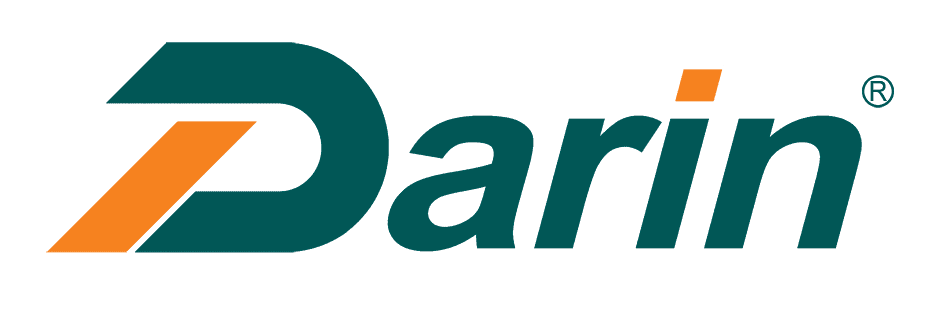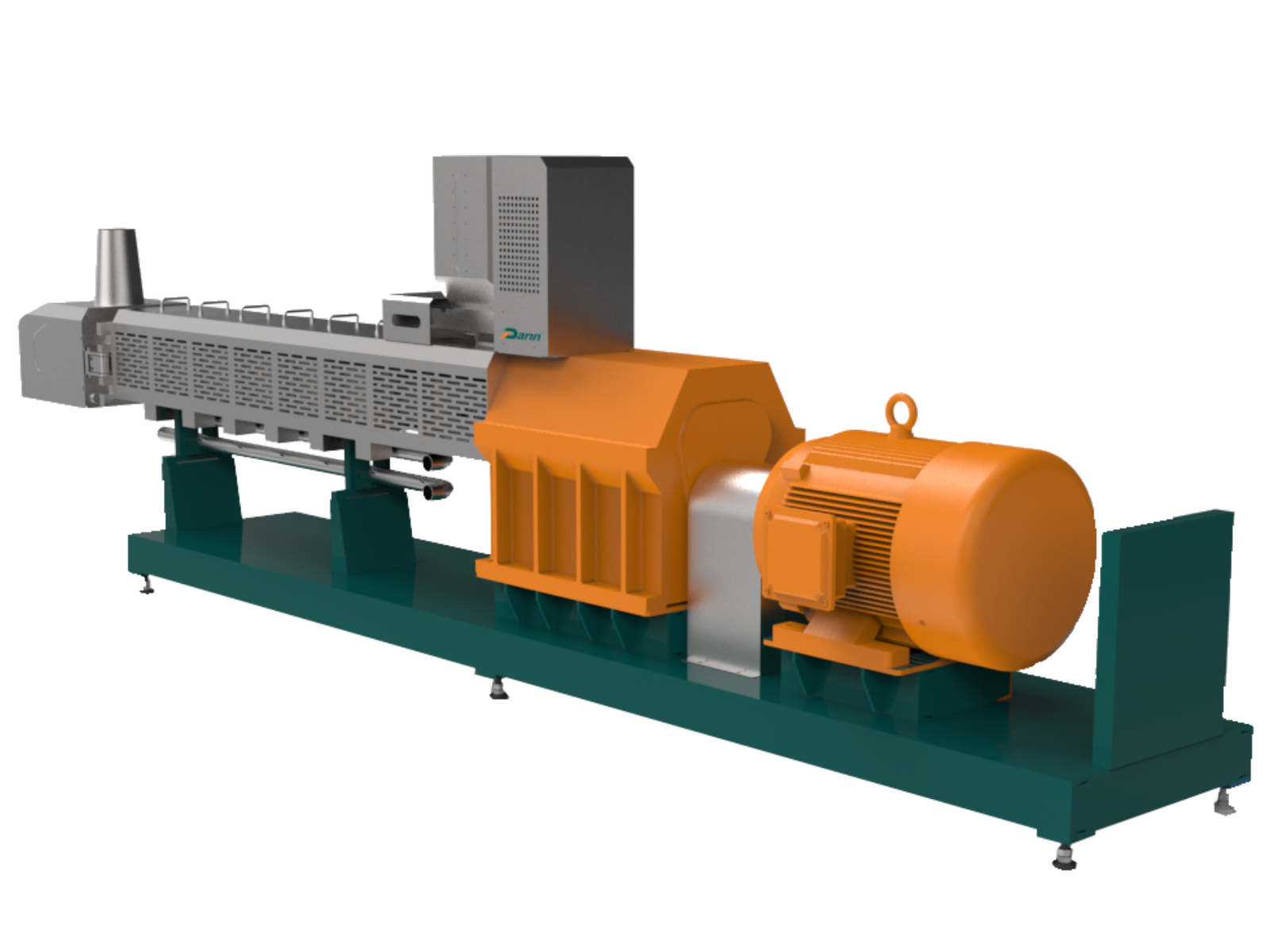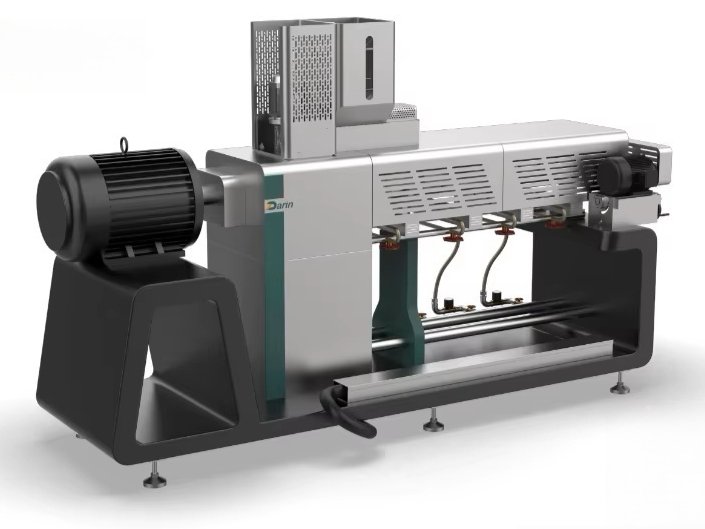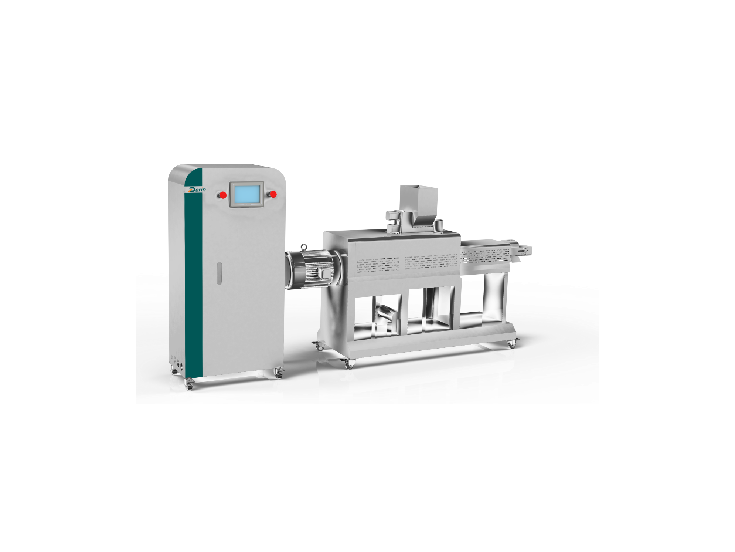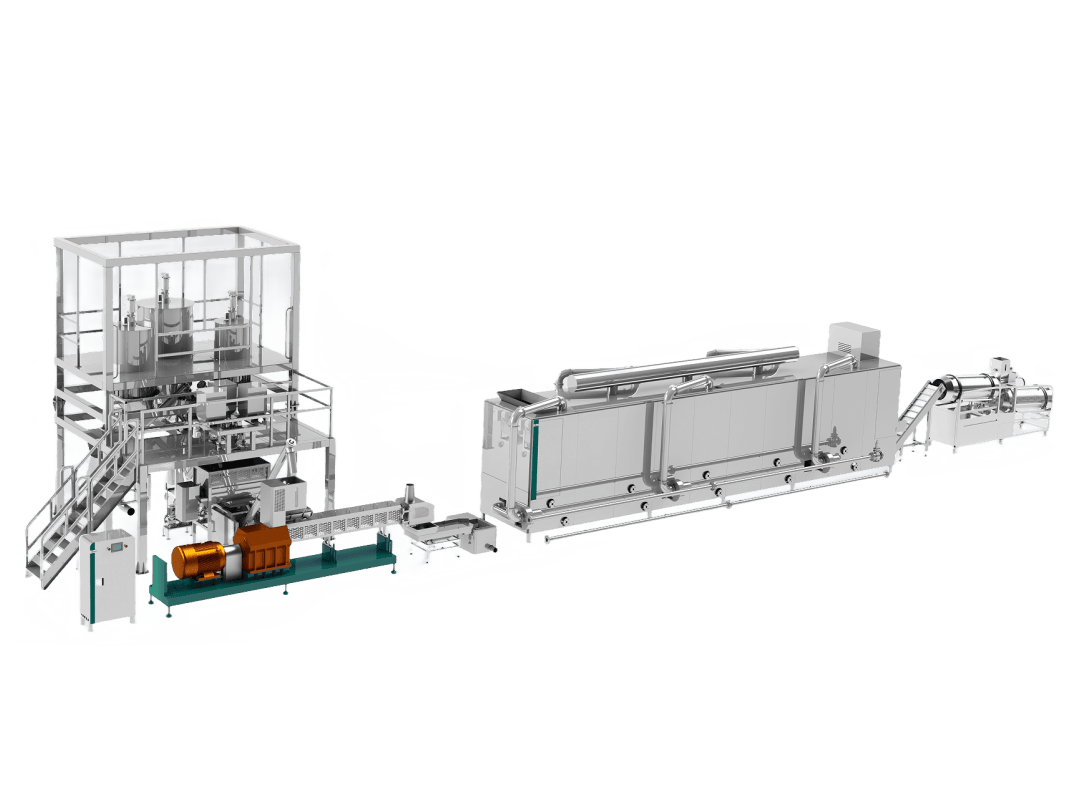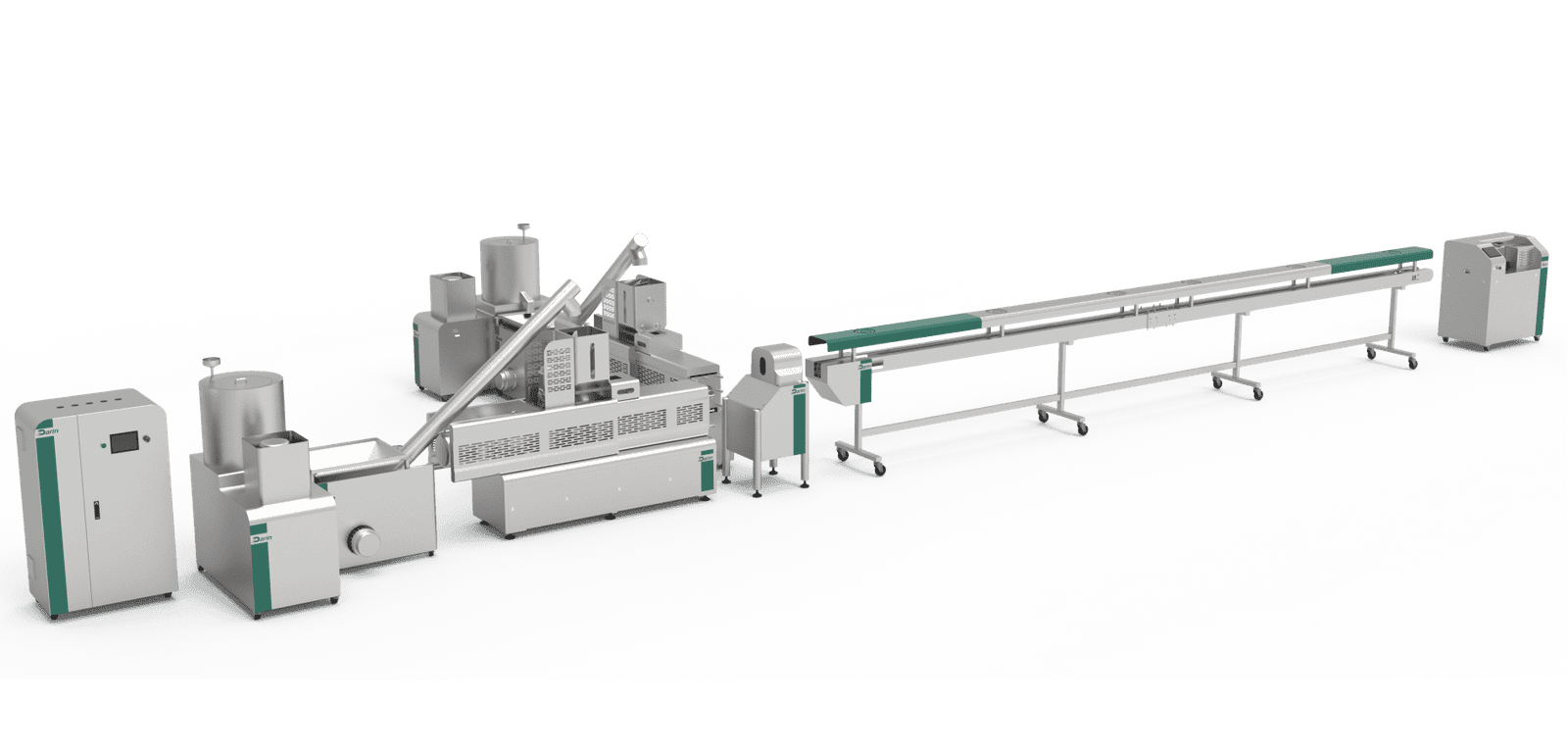
Ever wonder how fish farming can thrive with the right equipment?
A fish feed pellet machine is a device used to produce feed pellets for fish, enhancing their nutrition and growth in aquaculture.
I remember when I first started exploring aquaculture; it felt like stepping into a whole new world. Understanding how a fish feed pellet machine operates was a game-changer for me. It’s amazing how these machines efficiently convert raw ingredients into compact pellets, ensuring my fish get the best nutrition possible. By mastering their use, I've seen firsthand how they boost growth rates and overall health in fish. If you're venturing into fish farming or looking to optimize your current setup, investing time to understand these machines can make all the difference.
Fish feed pellet machines enhance fish growth in aquaculture.True
These machines produce nutritious pellets that support optimal fish growth.
All fish feed pellet machines are suitable for every type of fish.False
Different fish species require specific pellet sizes and nutrition profiles.

How Does a Fish Feed Pellet Machine Work?
Imagine transforming a jumble of raw ingredients into neat, nutritious fish feed pellets. It's like magic, and the secret lies in the fish feed pellet machine!
A fish feed pellet machine works by mixing raw materials, compressing them through a die, and cutting them into uniform pellets. This process ensures nutrient-rich, digestible feed for fish, optimizing growth.
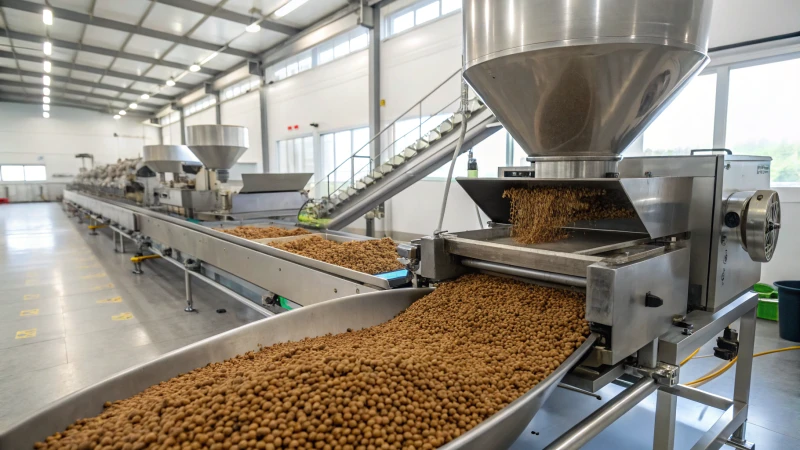
The Mechanics of a Fish Feed Pellet Machine
Let me take you on a little journey inside a fish feed pellet machine1. Picture this: raw ingredients like fish meal, corn, and soy get ground into a fine powder. I remember the first time I saw this process—it was like watching a master chef blend the perfect ingredients for a gourmet dish. This mixture then enters the machine's hopper, ready for the next magical transformation.
Mixing and Conditioning
In this phase, it’s all about precision. The ingredients are mixed with water or steam to form a moist mash—think of it as getting the perfect dough consistency when baking bread. This step is essential for ensuring every bite is packed with nutrition and stays together well.
| Process Step | Function |
|---|---|
| Mixing | Ensures uniform nutrient distribution |
| Conditioning | Moistens and activates starches |
Extrusion and Pelleting
Next comes the heart of the operation: extrusion. The conditioned mash is pushed through a die by rotating screws in the extrusion chamber. I recall being amazed by how this process uses heat and pressure to cook and solidify the mixture into pellets. It's like sculpting with heat!
The extruders2 are crucial here, determining the size and shape of each pellet—customizable for different fish species, just like tailoring a suit to fit perfectly.
Benefits and Applications
Why go through all this? Using a pellet machine boosts feed conversion rates and allows for nutrient customization to meet specific dietary needs of various fish species. It reminds me of how I personalize my meals to suit my tastes and nutritional goals.
Pellet machines also ensure that feed maintains its quality during storage and transport—a bit like how vacuum-sealing keeps food fresh longer. Efficient operations can significantly cut costs in large-scale aquaculture systems while promoting sustainable feeding practices.
For those interested in diving deeper into pelleting processes3, it's fascinating to see how these machines contribute to eco-friendly advancements in modern aquaculture.
Fish feed pellet machines use steam to moisten ingredients.True
Steam is added during the conditioning phase to moisten and activate starches.
Extruders do not affect the size of fish feed pellets.False
Extruders determine pellet size and shape by adjusting die specifications.
What Are the Benefits of Using a Fish Feed Pellet Machine?
Ever wondered if there's a secret weapon to supercharge your fish farming efforts? Meet the fish feed pellet machine, your next best friend in aquaculture!
A fish feed pellet machine offers numerous benefits, including improved feed conversion rates, enhanced nutritional value, and reduced feed waste. It ensures uniformity in pellet size, promoting consistent fish growth and reducing production costs over time.
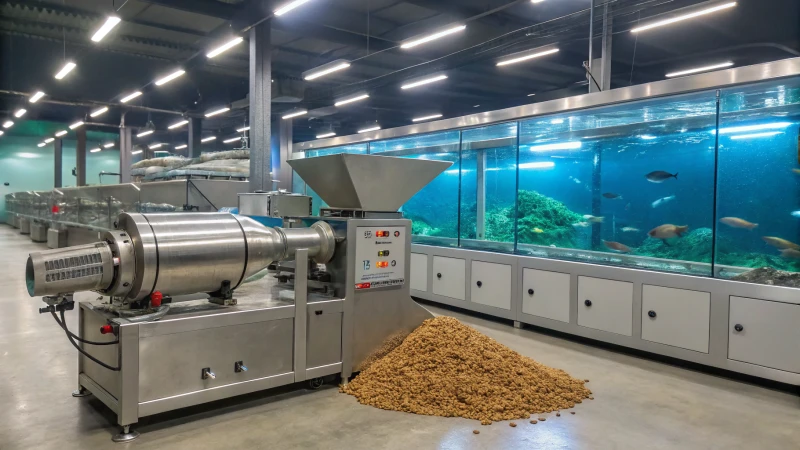
I remember the day I first laid eyes on a fish feed pellet machine. At the time, I was struggling to maintain consistent growth across my fish stock. The pellets I had been using were of varying sizes, and I could tell it was affecting the health and growth rates of my fish. But then, everything changed.
Enhanced Nutritional Value
With the fish feed pellet machine, I could precisely control the ingredients in each pellet. This meant I could tailor the nutritional content to meet the exact needs of my fish. It was a game-changer! As the pellets started dropping uniformly into the water, I noticed a marked improvement in my fish's growth rates.
Improved Feed Conversion Rates
And it wasn't just about nutrition. The efficiency of these machines blew me away. They transformed raw materials into uniform pellets, significantly improving feed conversion rates. This meant my fish could get more nutrition from less feed, which was a huge relief for my budget.
Consistency and Quality Control
The uniformity of pellet size ensured every single one of my fish received equal nutrition—no more underfed or overfed fish. It also made it much easier to monitor fish health4, which reduced stress and kept my operations running smoothly.
| Advantages | Details |
|---|---|
| Nutritional Precision | Allows for exact nutrient ratios |
| Cost Efficiency | Reduces waste and production costs |
| Environmental Impact | Lower waste reduces environmental footprint |
Waste Reduction and Environmental Benefits
The reduction in feed waste was another pleasant surprise. With better water stability and minimized dissolution, there was significantly less pollution. This not only created a healthier aquatic environment but also made my operation more sustainable.
Technological Advancements
Modern machines have some pretty nifty features like automated controls and real-time monitoring systems. These innovations enhance productivity5 and make managing large-scale operations more feasible than ever before.
Economic Benefits of Scalability
The scalability was the icing on the cake. As my business grew, so did my production capabilities—without a hefty increase in costs. This scalability is particularly beneficial if you're considering expanding your market reach or diversifying product offerings.
For anyone considering diving deeper into aquaculture, a fish feed pellet machine could be just what you need to take your operations to the next level. It's not just a piece of equipment; it's an investment in your future success.
Fish feed pellet machines enhance fish growth rates.True
Precision in ingredient composition boosts nutritional value, aiding growth.
Pellet machines increase environmental pollution.False
They reduce waste dissolution, minimizing pollution and enhancing sustainability.
What Ingredients Are Best for Fish Feed Pellet Machines?
When I first dived into the world of fish feed, I discovered just how crucial the right ingredients are.
Fish feed pellet machines utilize a variety of raw materials, including fish meal, soybean meal, corn gluten meal, wheat bran, and fish oil. These ingredients provide essential nutrients and energy for aquatic species.
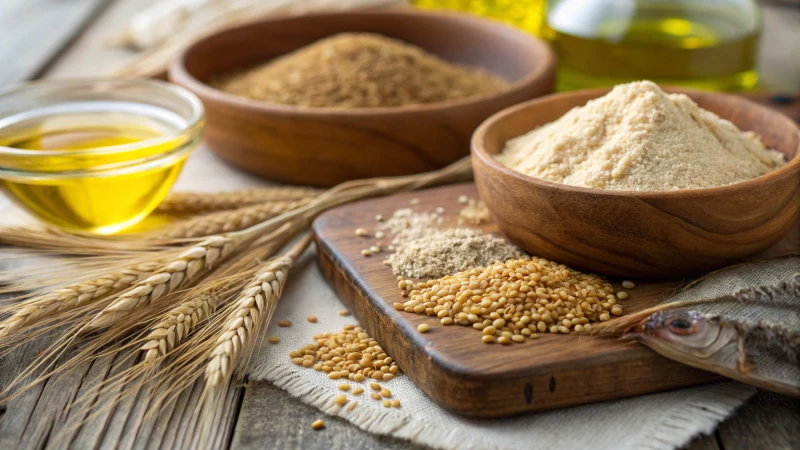
Common Ingredients Used in Fish Feed Pellet Machines
I remember when I first started experimenting with fish feed formulations. The challenge was balancing nutritional needs with ingredient availability. Fish meal quickly became a staple in my recipes; its high protein content and amino acids were unbeatable, although its cost could sometimes sting my budget.
- Fish Meal: A high-protein ingredient, fish meal is rich in essential amino acids. Its use can vary depending on cost and availability but remains a staple due to its nutritional value.
Soybean meal was my go-to when I needed an alternative protein source. It’s digestible and rich in essential amino acids, but I learned the hard way that it needed proper processing to counteract those pesky antinutritional factors.
- Soybean Meal: Often used as an alternative protein source, soybean meal is highly digestible and provides essential amino acids. However, its antinutritional factors must be addressed through proper processing.
Corn gluten meal was another favorite. Not only did it add protein and energy, but it also enhanced the color of the feed, giving it a more appealing look—an unexpected bonus I hadn’t anticipated.
- Corn Gluten Meal: Rich in protein and energy, corn gluten meal helps enhance the feed's color and nutritional profile. It's also a cost-effective ingredient for aquaculture feeds6.
Supplementary Ingredients
The journey didn’t stop with core ingredients. Supplementary materials like wheat bran and fish oil played significant roles in refining my feed. Wheat bran added fiber and acted as a binding agent, helping keep the pellets intact during the feeding frenzy.
- Wheat Bran: Provides fiber and acts as a binding agent, improving pellet integrity. Its inclusion rate should be managed to prevent excessive fiber intake that can affect digestibility.
Fish oil was indispensable for providing omega-3 fatty acids, improving growth rates and making the feed more palatable. I learned to store it properly to avoid rancidity, a lesson learned after an unfortunate batch went bad.
- Fish Oil: Essential for supplying omega-3 fatty acids, fish oil enhances growth rates and feed conversion ratios. Its addition also improves palatability.
| Ingredient | Nutritional Role | Common Issues |
|---|---|---|
| Fish Meal | High protein source | Cost and sustainability |
| Soybean Meal | Protein alternative | Antinutritional factors |
| Corn Gluten Meal | Energy source | Nutrient variability |
| Wheat Bran | Fiber and binding agent | Excessive fiber intake |
| Fish Oil | Omega-3 fatty acids provider | Rancidity if not stored properly |
Considerations for Ingredient Selection
Choosing the right raw materials felt like putting together a puzzle. I had to consider nutritional requirements, availability, cost, and even the specific species I was feeding being cultured7. The capability of my pellet machine was another piece of the puzzle; it had to handle the ingredients without a hitch. Over time, adjusting formulations to optimize nutrition while keeping costs down became second nature.
Fish meal is a staple ingredient in fish feed pellets.True
Fish meal provides high protein and essential amino acids, making it crucial.
Wheat bran increases the protein content in fish feed.False
Wheat bran is used for fiber and binding, not primarily for protein content.
How do you choose the right fish feed pellet machine for your needs?
Navigating the world of fish feed pellet machines can feel like diving into uncharted waters. It's crucial to choose wisely to boost your aquaculture efficiency and cost-effectiveness.
To choose the right fish feed pellet machine, consider factors such as production capacity, pellet size, energy efficiency, and compatibility with your specific aquaculture needs. Evaluate your budget, desired output, and type of feed.
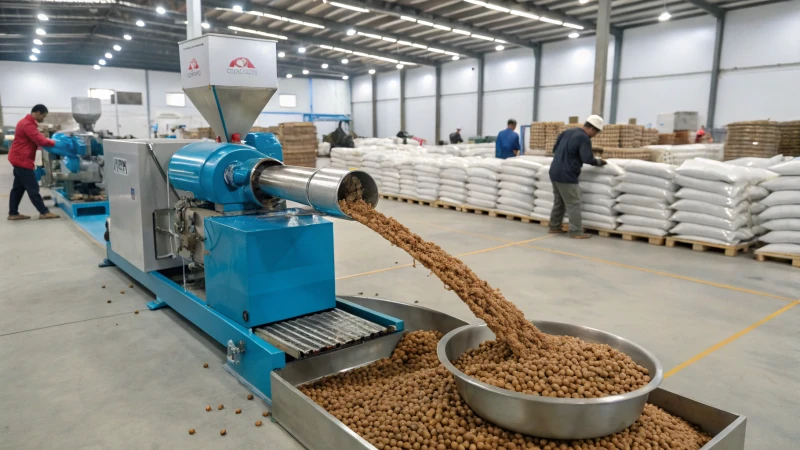
Understanding Your Production Needs
When I first dipped my toes into aquaculture, I realized that understanding my production needs was paramount. It was like planning a big family dinner—knowing the number of guests (or fish, in this case) determined everything. The scale of my operations, whether a modest pond or a sprawling farm, guided my choice. For smaller setups, a machine with lower output sufficed, while larger endeavors demanded high-capacity machines to keep up.
| Factor | Small Scale | Large Scale |
|---|---|---|
| Output | Low | High |
| Budget | Lower | Higher |
Evaluating Machine Specifications
Imagine standing in a showroom filled with shiny new cars; each one has its specs and features. That’s how I felt evaluating different pellet machines. Key things like motor power and energy efficiency were akin to horsepower and fuel economy. Machines with adaptable pellet sizes were especially beneficial—they reminded me of those Swiss army knives, ready to tackle any task, especially when dealing with various fish species.
- Motor Power: I found that more power might be necessary for larger scales.
- Pellet Size: Having flexibility here was crucial for the diverse fish I was feeding.
Considering Technological Features
I must admit, I’m a bit of a tech enthusiast. Spotting features like automatic lubrication and digital interfaces on these machines felt like finding bonus features in my favorite gadgets. These weren't just bells and whistles—they saved time on maintenance and ensured consistent quality, which was essential for my operation's smooth running.
- Automatic Lubrication: This feature truly reduced maintenance downtime.
- Temperature Control: It assured me of consistent pellet quality.
Explore advanced features8 to see what other benefits might suit your needs.
Aligning with Budget Constraints
Ah, the budget—a familiar friend and foe! Initially, I had to weigh the allure of high-end machines against their cost. It was much like choosing between a luxury car or a reliable sedan for everyday use. While premium machines promised impressive returns through productivity gains, keeping an eye on the initial investment and ongoing maintenance costs was crucial.
- Initial Investment: It’s essential to consider long-term savings against upfront costs.
- Maintenance Costs: Don't forget about potential repair expenses.
For more detailed guidance on budget-friendly options, explore cost-effective solutions9.
High-capacity machines are ideal for small-scale operations.False
Small-scale operations benefit from lower output machines, not high-capacity ones.
Energy-efficient machines reduce long-term costs.True
Energy-efficient machines save on electricity bills, lowering operational expenses.
How Do I Keep My Fish Feed Pellet Machine Running Smoothly?
Ever felt like your fish feed pellet machine is your baby? I totally get it!
To maintain a fish feed pellet machine, regularly clean and lubricate moving parts, check and replace worn components, and ensure proper alignment. Conduct monthly inspections to prevent malfunctions and maintain efficiency.
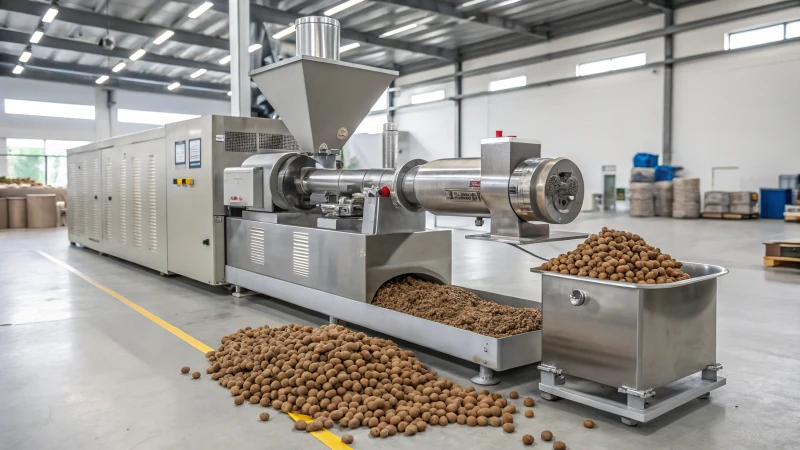
Regular Cleaning and Lubrication
I remember the first time I realized the importance of regular cleaning when a minor clog turned into a major headache. That experience taught me that daily cleaning of the die and roller assembly10 is non-negotiable. Just like how you wouldn't skip brushing your teeth, never skip this step for your machine! Lubrication is another key player in this game; I make it a weekly ritual to ensure all moving parts are greased up and ready to go.
Inspection and Component Replacement
Think of your machine as a marathon runner. Monthly check-ups on critical components like bearings, belts, and motors can prevent those unexpected breakdowns that could throw your production off course. Early detection is everything—trust me on this. I've made it a habit to keep a maintenance log11 because, well, who doesn't like a good checklist?
Alignment and Calibration
Remember that time when your car's wheels were out of alignment, and the ride was bumpy? Misaligned parts in your machine can cause similar issues. Regularly using alignment tools to check and adjust the positioning of key parts ensures everything runs smoothly, just like a well-oiled road trip.
Maintenance Schedule Table
| Task | Frequency |
|---|---|
| Cleaning die/roller | Daily |
| Lubrication | Weekly |
| Bearing inspection | Monthly |
| Belt/motor check | Monthly |
| Alignment calibration | Quarterly |
Following this schedule has saved me countless hours of downtime and kept the quality of my fish feed top-notch. Trust me, sticking to a structured maintenance plan is worth every minute spent. For more detailed tips and tricks, I often dive into maintenance manuals12, which have become my bedtime reading at times.
Daily cleaning of the die and roller is necessary.True
Regular cleaning prevents feed residue buildup, ensuring efficiency.
Lubrication should be done monthly.False
Lubrication is required weekly to ensure smooth operation.
How Do Fish Feed Pellet Machines Impact Aquaculture Efficiency?
Imagine transforming your aquaculture setup into a streamlined, efficient marvel with just one machine.
Fish feed pellet machines streamline aquaculture by producing uniform pellets that improve feeding efficiency, reduce waste, and enhance fish growth rates. These machines support sustainable practices by optimizing feed utilization and minimizing environmental impact.
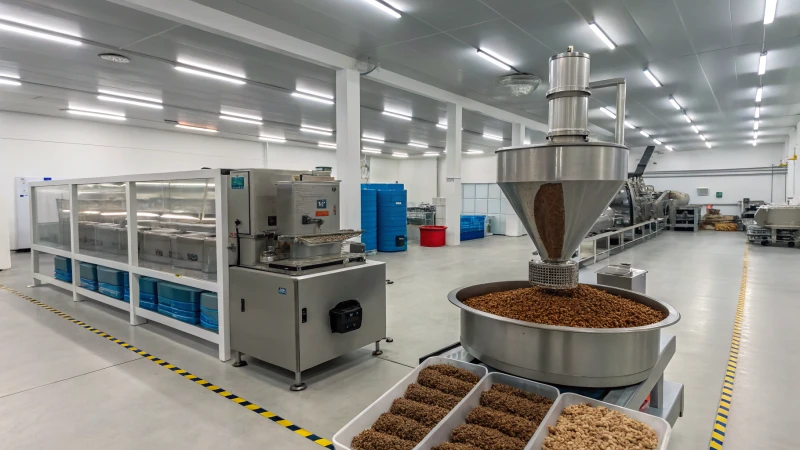
Understanding Fish Feed Pellet Machines
When I first learned about fish feed pellet machines, it felt like unlocking a new level in a video game. These machines are not just gadgets; they're game-changers in the aquaculture industry. Think of them as the secret weapon in your fish farming arsenal. They produce compact, uniform pellets from various raw materials, ensuring that each fish gets a fair share of the nutrients needed to thrive. With precise control over the size, shape, and nutritional content of the feed, these machines are like having a personal chef for your fish, maintaining consistent fish health13 and promoting growth.
Enhancing Feeding Efficiency
I remember standing by a fish pond, watching the chaos as fish scrambled for floating feed. It was like a feeding frenzy at an all-you-can-eat buffet. Fish feed pellet machines change this scene entirely. By ensuring uniformity in pellet size, these machines allow for even distribution across the tank or pond, reducing competition among fish for food. This means less stress and more relaxed dining experiences for the fish, leading to faster growth rates. Plus, with less feed wastage, you’re saving money and helping the environment at the same time.
Technological Innovations in Pellet Machines
I’m a tech enthusiast at heart, so the innovations in modern pellet machines really excite me. Features like programmable logic controllers (PLCs) automate the feeding process, allowing you to monitor and adjust production parameters from afar—perfect for those of us who love a good remote control gadget. Then there's extrusion technology, which increases feed digestibility, ensuring nutrients are absorbed more efficiently by the fish.
| Feature | Benefit |
|---|---|
| Uniform Pellet Size | Ensures consistent feeding; reduces waste |
| Programmable Controls | Automates process; allows remote management |
| Extrusion Technology | Improves nutrient absorption; boosts growth |
It's like upgrading your fish’s diet from fast food to gourmet meals, resulting in healthier stock and improved yields.
Environmental Impact and Sustainability
I often think about the environment and how our actions impact it. Using fish feed pellet machines is one step toward being kinder to our planet. These machines cut down on feed waste that can pollute water bodies. Less waste means fewer nutrients seeping into the water, which helps prevent algal blooms and maintains water quality. It’s comforting to know that these machines also allow for sustainable raw materials like insect proteins or plant-based alternatives to be incorporated, reducing our reliance on traditional fishmeal.
Economic Implications
I’ve seen firsthand how investing in quality equipment can pay off in spades. Although purchasing a high-quality fish feed pellet machine might seem like a big expense at first, the long-term savings on feed costs and improved fish yields make it worth every penny. Plus, with energy-efficient technologies, these machines can further reduce operational costs.
For more insights into how these technologies14 influence aquaculture practices, consider exploring additional resources that delve into machine specifications and case studies from successful implementations in the field.
Fish feed pellet machines reduce feed waste by 50%.False
While they reduce waste, the exact percentage varies and isn't fixed.
Programmable controls automate fish feeding processes.True
These controls allow remote management and automation of feeding.
Conclusion
A fish feed pellet machine produces nutritious pellets for aquaculture, enhancing fish growth and health by efficiently converting raw ingredients into uniform feed, optimizing feeding practices and sustainability.
Discover more about fish feed pellet machines, their functions, and their role in aquaculture nutrition. ↩
Learn how extruders shape feed pellets and impact their nutritional efficiency. ↩
Explore detailed processes involved in pelleting for optimized fish nutrition. ↩
Learn about how consistent pellet size supports balanced nutrition and prevents feeding-related health issues in fish. ↩
Discover the cutting-edge technologies that are enhancing efficiency and productivity in modern fish feed pellet machines. ↩
Discover how corn gluten meal enhances aquaculture feed quality, offering an economical source of protein and energy. ↩
Learn about the specific dietary needs of various fish species to tailor your feed formulations effectively. ↩
Discover the latest technological advancements in fish feed pellet machines. ↩
Find budget-friendly fish feed pellet machine options that do not compromise quality. ↩
Discover step-by-step cleaning techniques for maintaining the die and roller assembly efficiently. ↩
Learn why keeping a detailed maintenance log is critical for machinery upkeep. ↩
Access comprehensive guidelines on maintenance procedures from official manuals. ↩
Understanding how pellet size affects fish health can guide farmers in optimizing feeding strategies for better growth. ↩
Learning about the advantages of modern machines helps farmers make informed investment decisions. ↩
